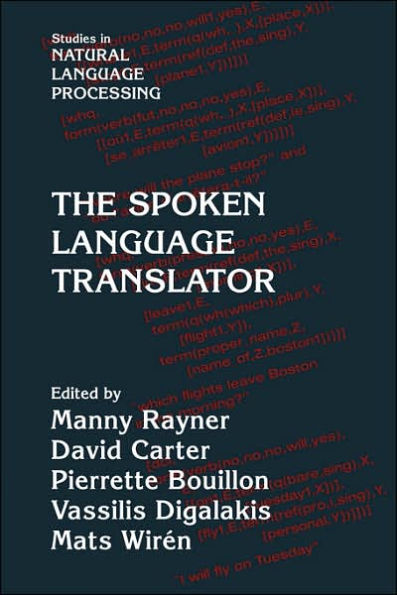5
1
9780521038829



The Spoken Language Translator available in Hardcover, Paperback

The Spoken Language Translator
- ISBN-10:
- 0521038820
- ISBN-13:
- 9780521038829
- Pub. Date:
- 08/16/2007
- Publisher:
- Cambridge University Press
- ISBN-10:
- 0521038820
- ISBN-13:
- 9780521038829
- Pub. Date:
- 08/16/2007
- Publisher:
- Cambridge University Press

The Spoken Language Translator
$55.99
55.99
In Stock

Product Details
| ISBN-13: | 9780521038829 |
|---|---|
| Publisher: | Cambridge University Press |
| Publication date: | 08/16/2007 |
| Series: | Studies in Natural Language Processing |
| Pages: | 356 |
| Product dimensions: | 5.94(w) x 8.98(h) x 0.79(d) |
From the B&N Reads Blog
